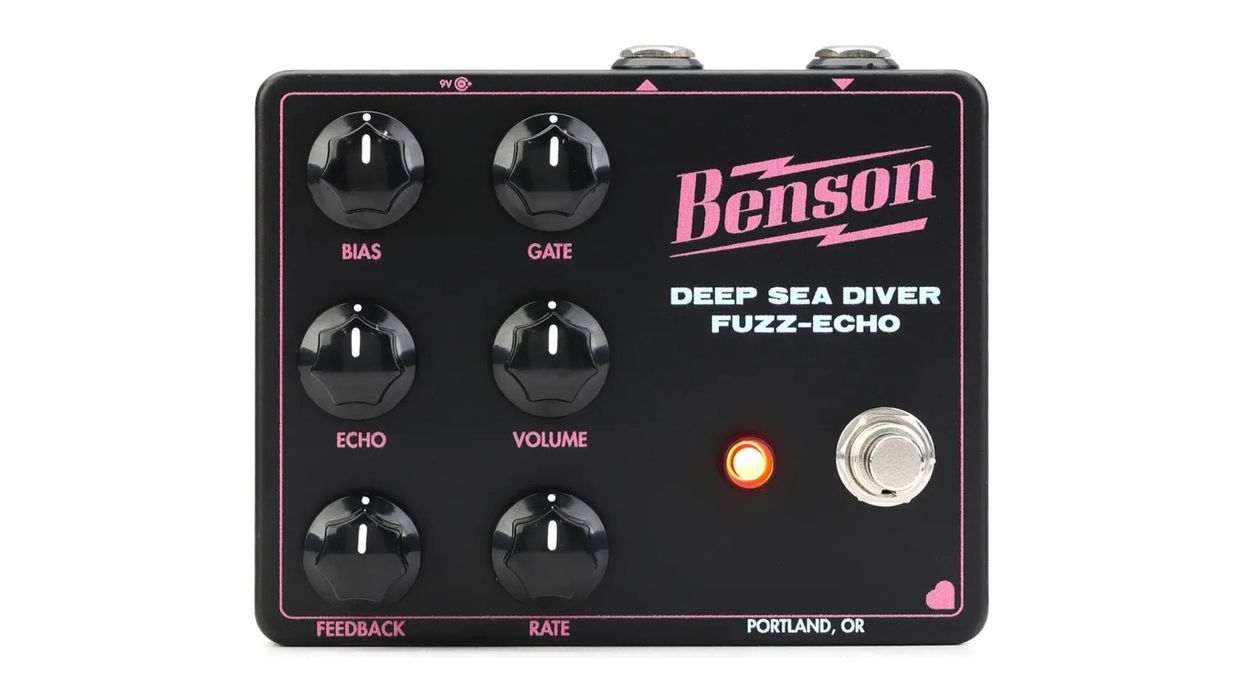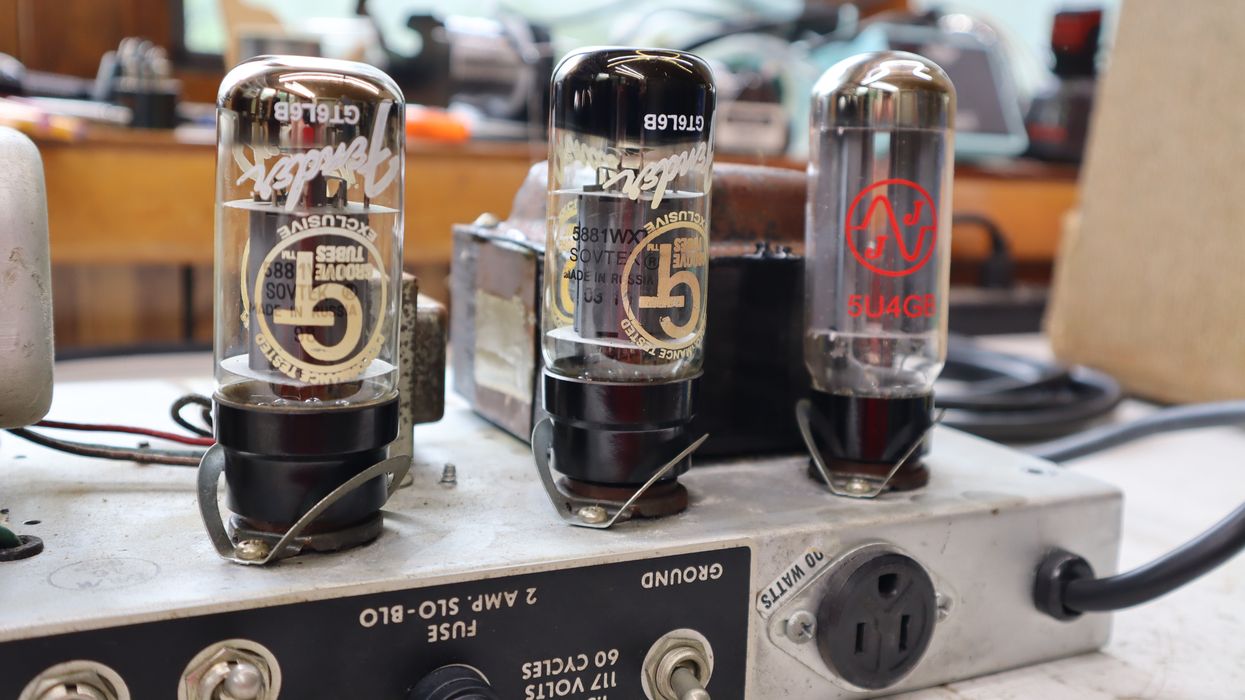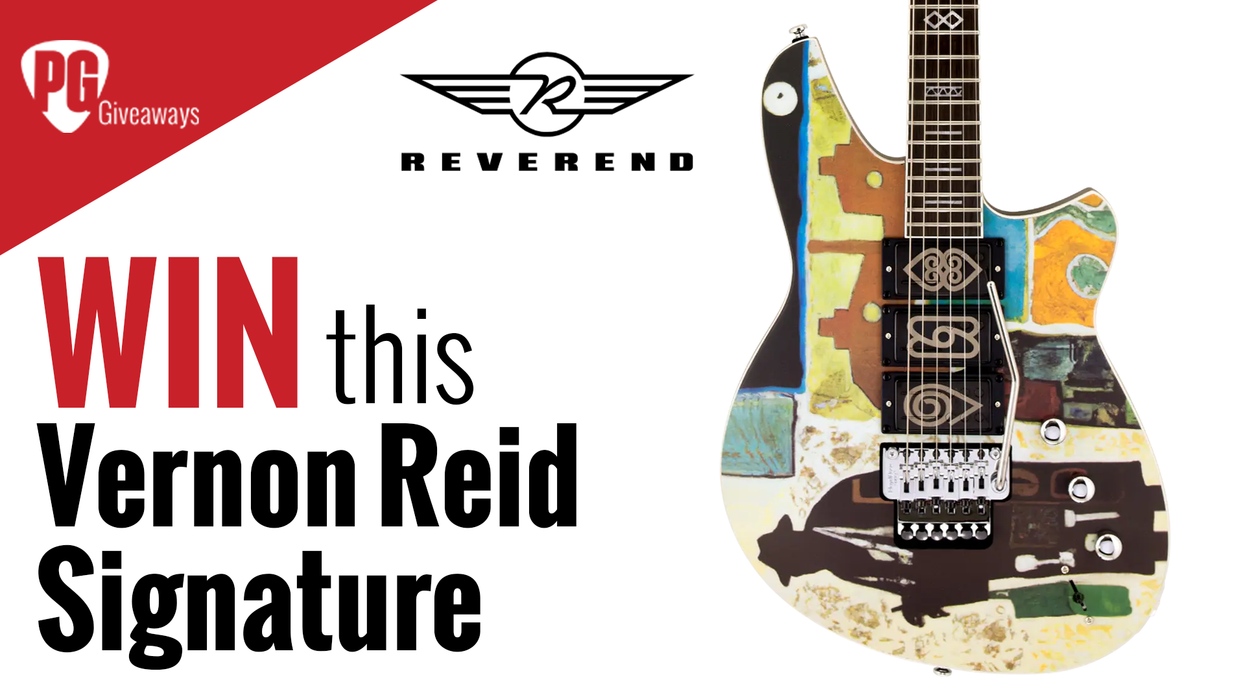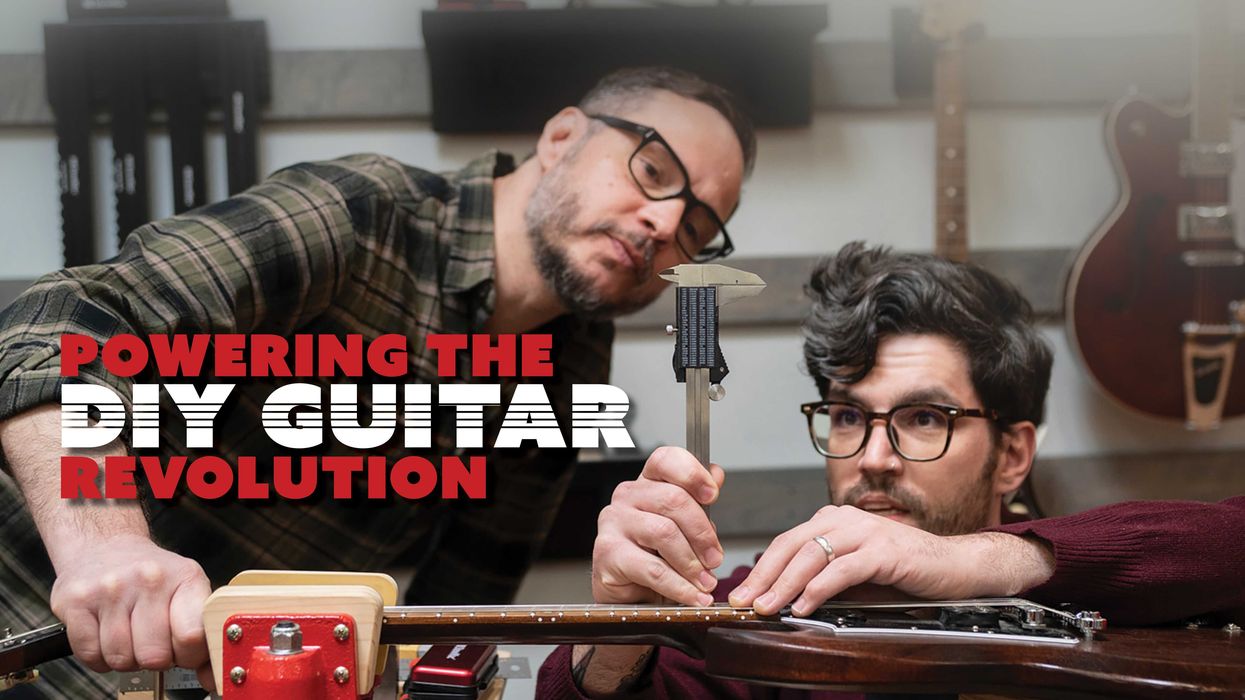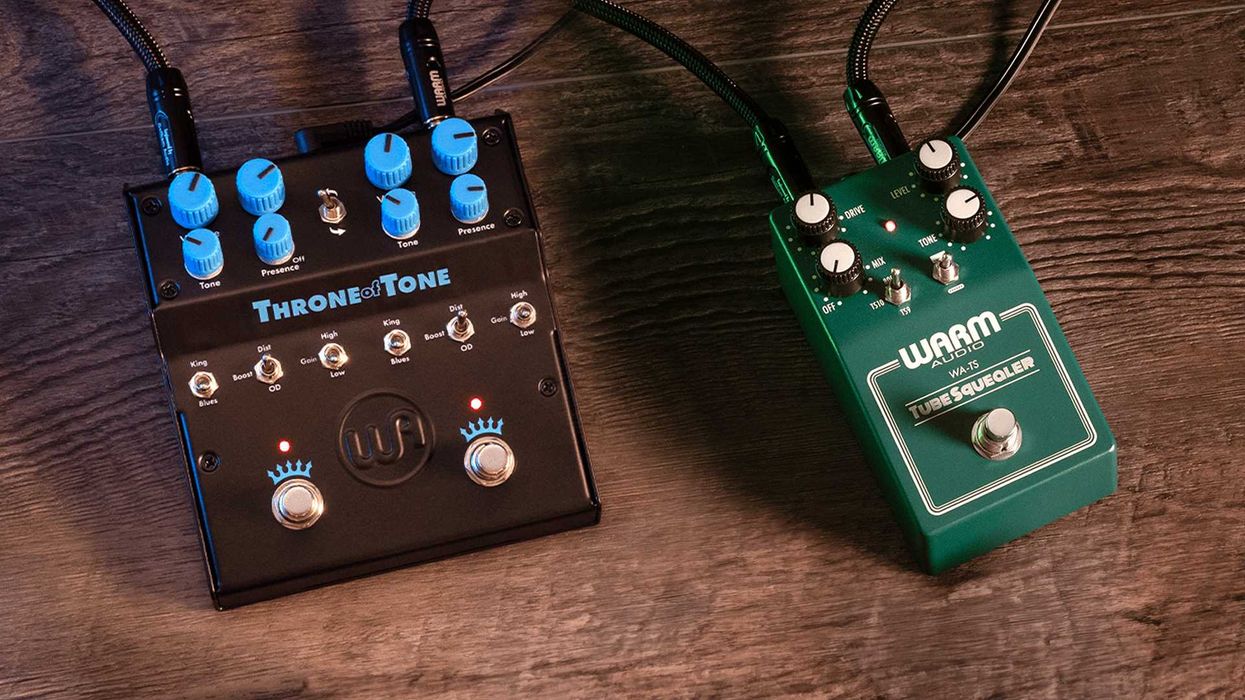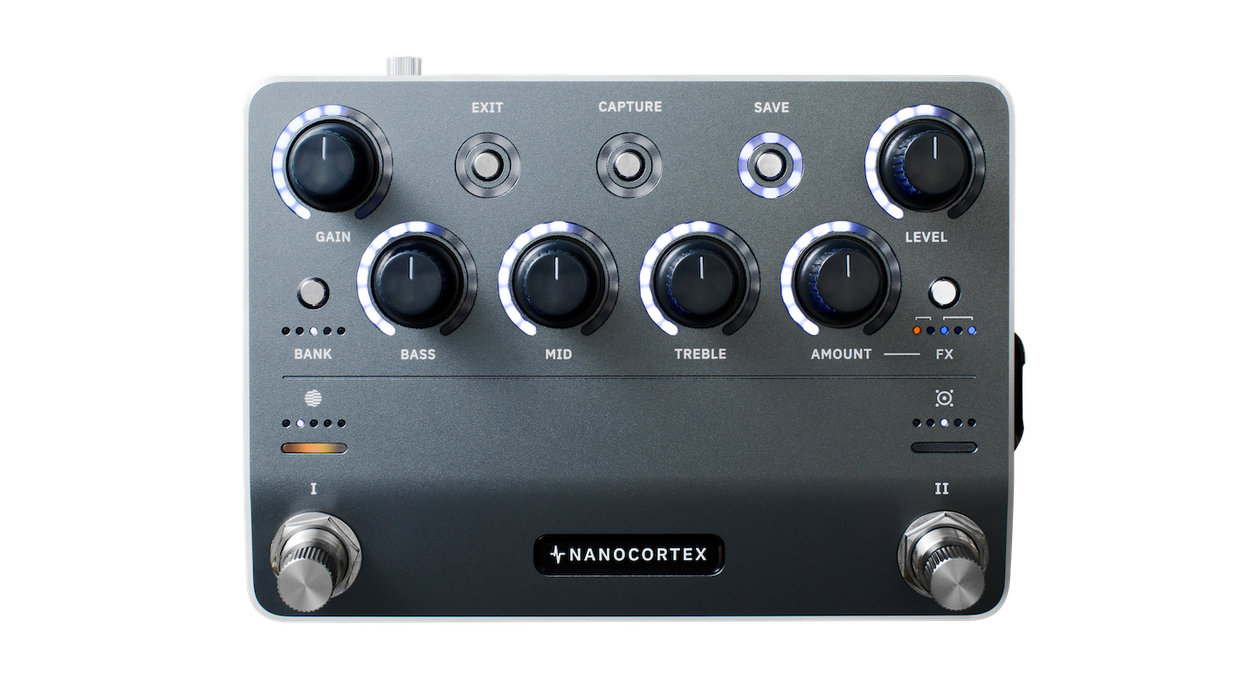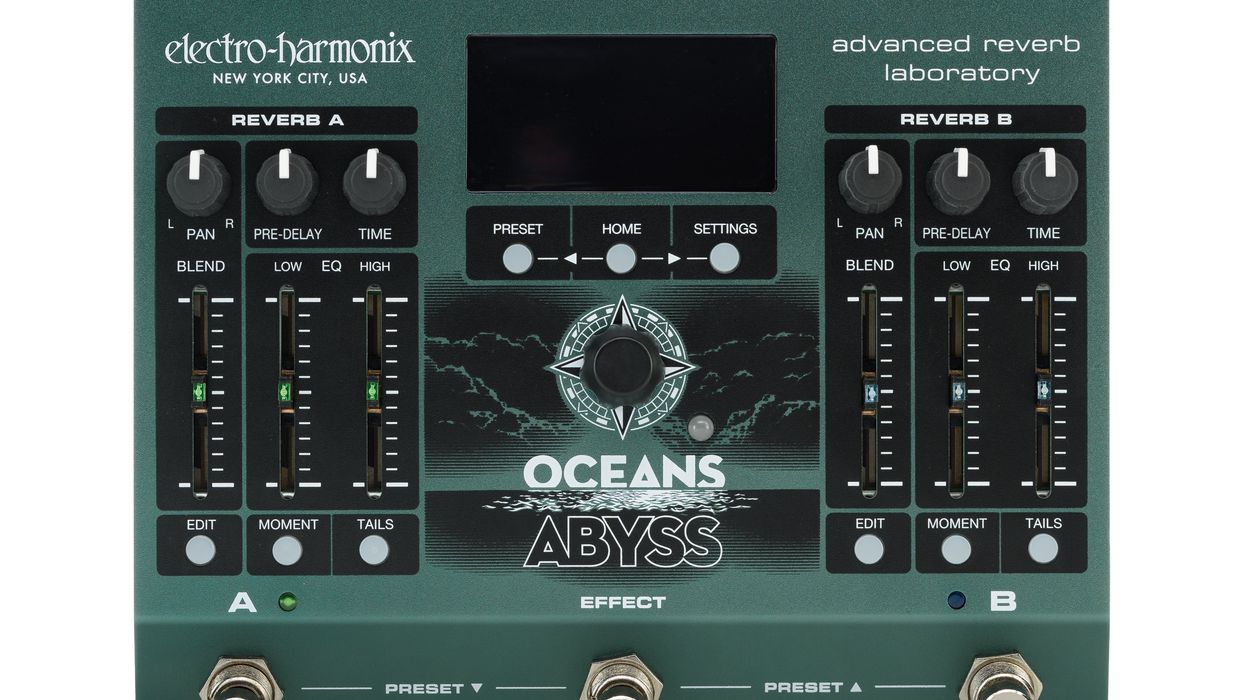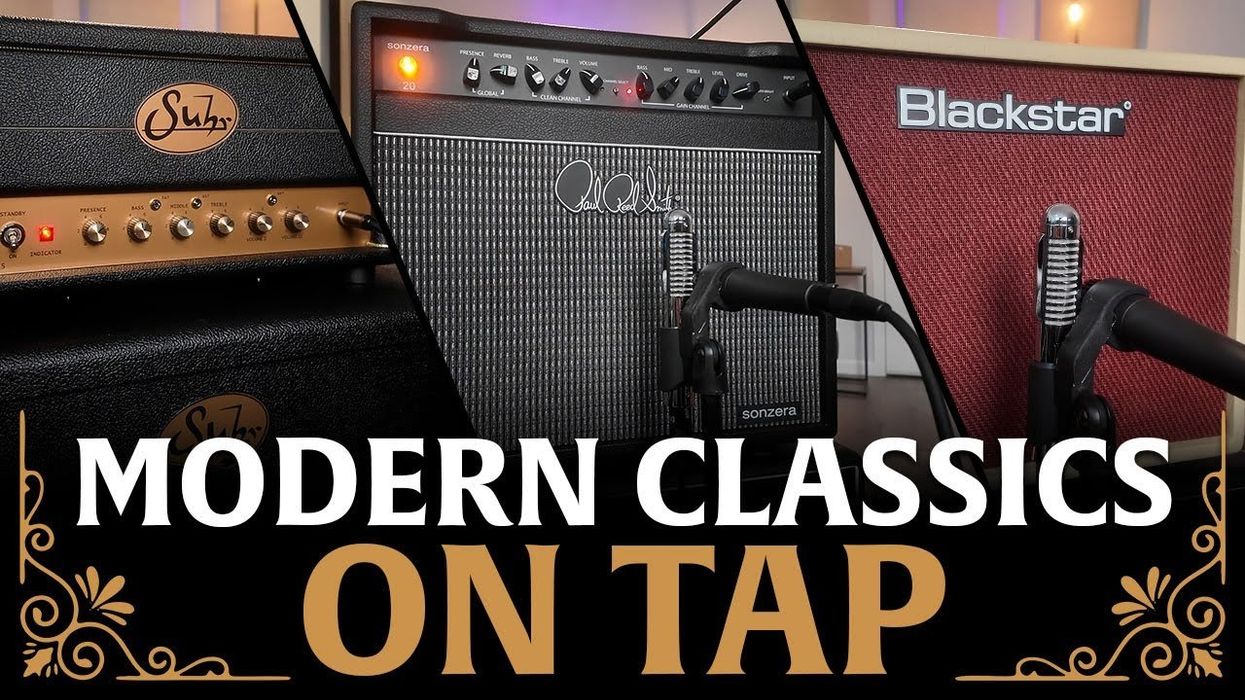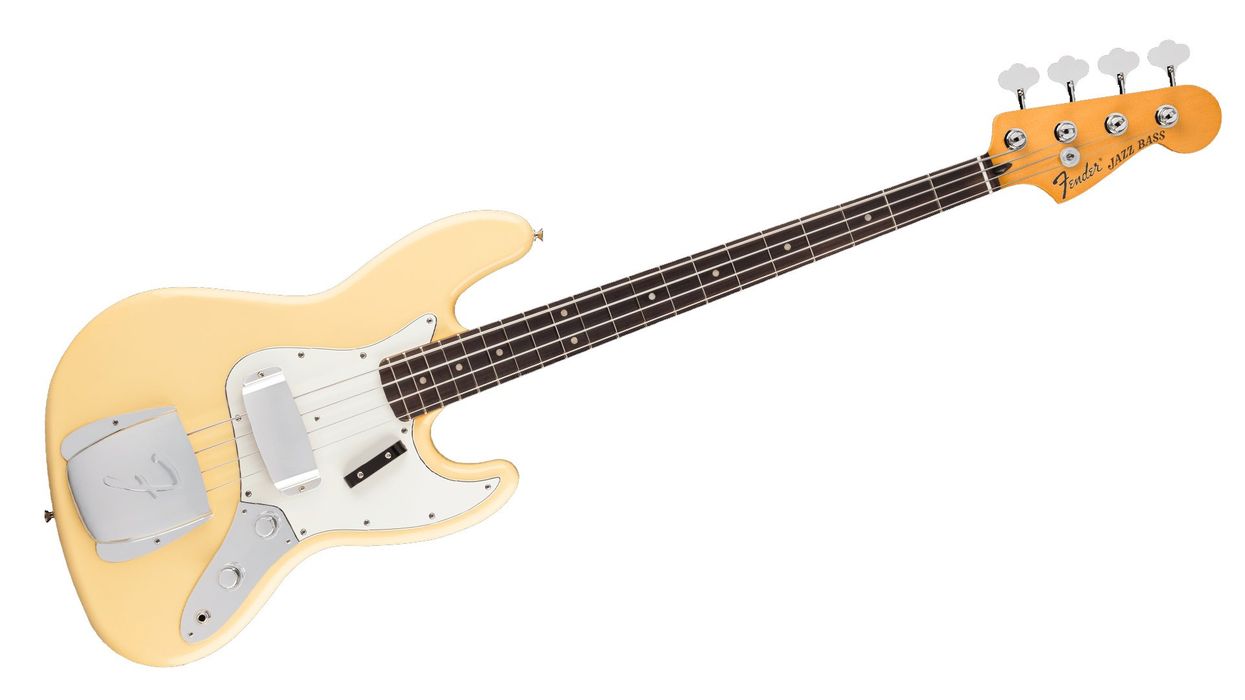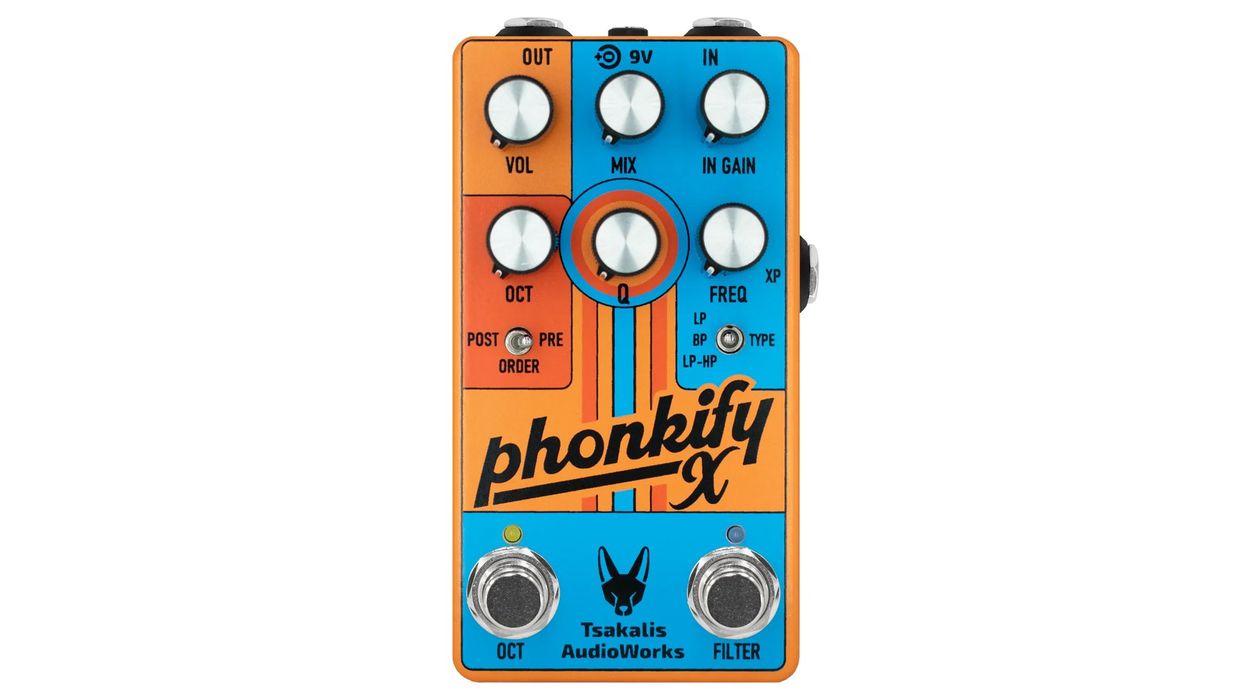Epiphone Firebird I
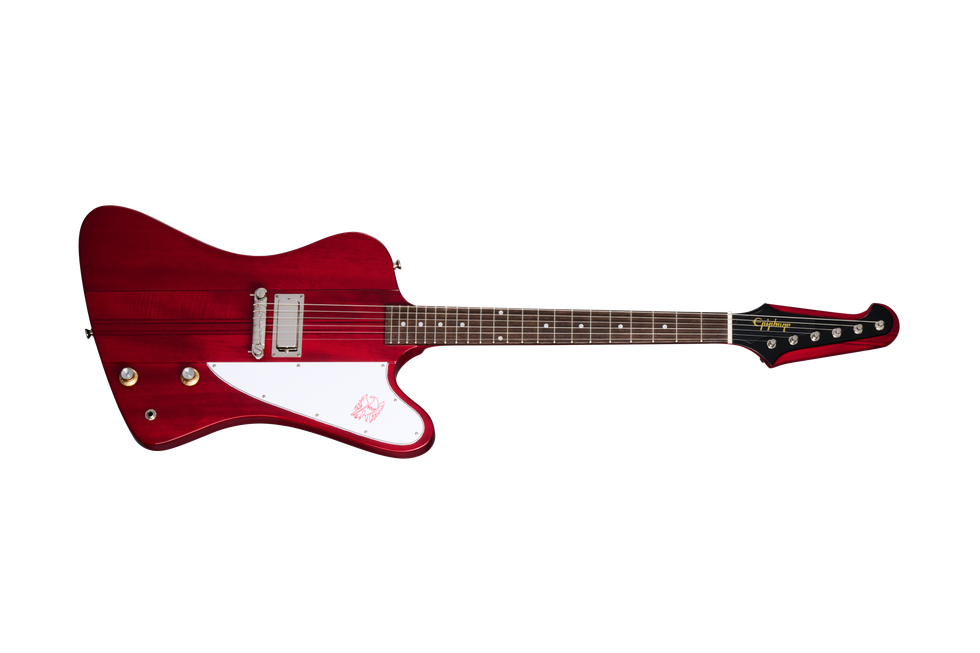
When Gibson debuted the Firebird I and Firebird V in 1963, the design was as innovative as it was radical. Like the Flying V and Explorer, the Firebird seemed Martian—or at least like a work of futurist art, with its offset body shape, extended lower and upper bouts, reverse headstock, and through-body neck.
Firebirds came in three versions: The single-pickup Firebird I, the two-humbucker Firebird V, and the three-pickup Firebird VII, with the latter two featuring a Vibrola tailpiece, trapezoid inlays, and neck binding. The first time I saw a Firebird in action, it was in the hands of Johnny Winter, who gave no quarter as he ripped conflagrant solos from its fretboard, but Brian Jones, Clapton, Allen Collins, Paul Stanley, and Phil Manzanera also helped make the model a legend. Original ’60s Firebird V’s sell for as much as $35,000, and reissues peak at nearly $10,000 for the Gibson Custom Shop’s ’63 Firebird V. That’s a lot of dough to look badass on stage. But now, Epiphone—in collaboration with Gibson’s Custom Shop—has taken high-quality reissues of the 1963 Firebird I and V into a more affordable realm. They’re still pricey for an Epi’, at $1,299 and $1,699, respectively, but undeniably brimming with panache.
“I was surprised by how sweet and heavy Gibson’s Firebird Mini Humbuckers sound. There is nothing mini about their tone.”
An’ a I, an’ a V
Our review Firebirds arrived impeccably set up, with action low enough for speed, but high enough for slide—my comfort zone, coincidentally. They are handsome guitars too. The I is finished in gleaming cherry, while the V is decked out in vintage sunburst and a shiny Vibrola tailpiece.
The necks are the not-so-secret weapons on these models. They are 9-ply mahogany and walnut (original Firebirds have a 5-ply neck), sandwiched between mahogany wings, but both guitars are still fairly light. The I is 7 1/2 pounds and the V weighs about 9 pounds due to the additional pickup and bridge hardware. There are 22 comfortable, medium-jumbo frets, which allow easy navigation and elegant bends, a Graph Tech nut, dot neck inlays on the I and trapezoids on the V, a classic Gibson-scale neck length of 24 3/4", and an Indian laurel fretboard. The banjo-style Kluson Planetary tuners, as well as the reverse headstock, take time to get to use to, but contribute to the instruments sleek, clean lines. The Firebird I’s electronics are simply a master volume and tone, with CTS pots and Mallory caps inside, in service of a warm-to-cutting single alnico 5 Gibson USA Firebird Mini Humbucker. The V offers more ways to shape your tone: The Vibrola is cool and vibey and there’s a classic four-dial Gibson control set (also routed through Mallory caps and CTS pots), a 3-way pickup switch on the lower bout, and a pair of those Gibson USA Firebird Mini Humbuckers.
Epiphone Firebird V
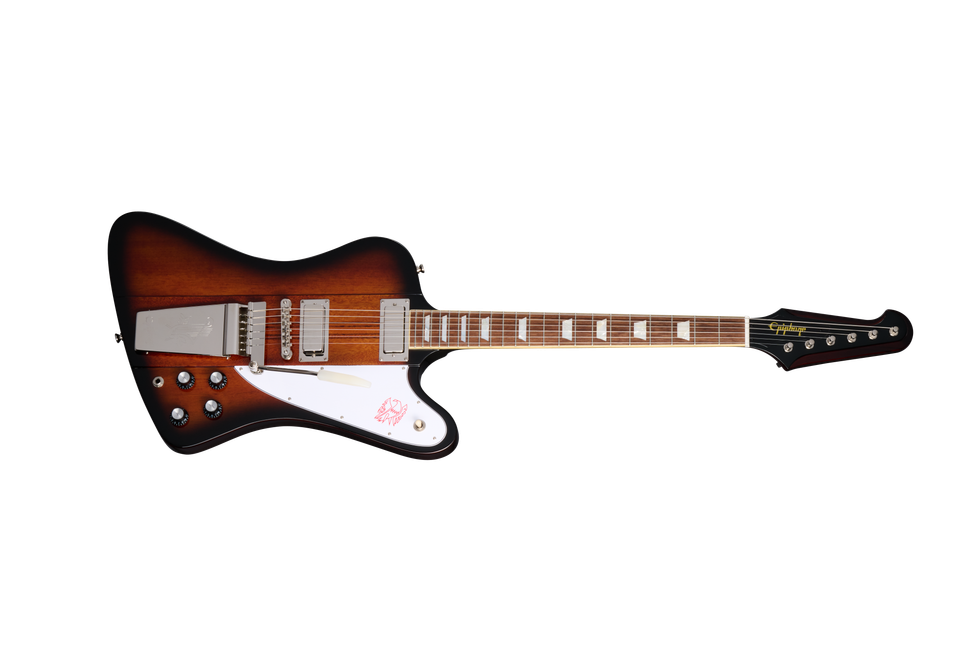
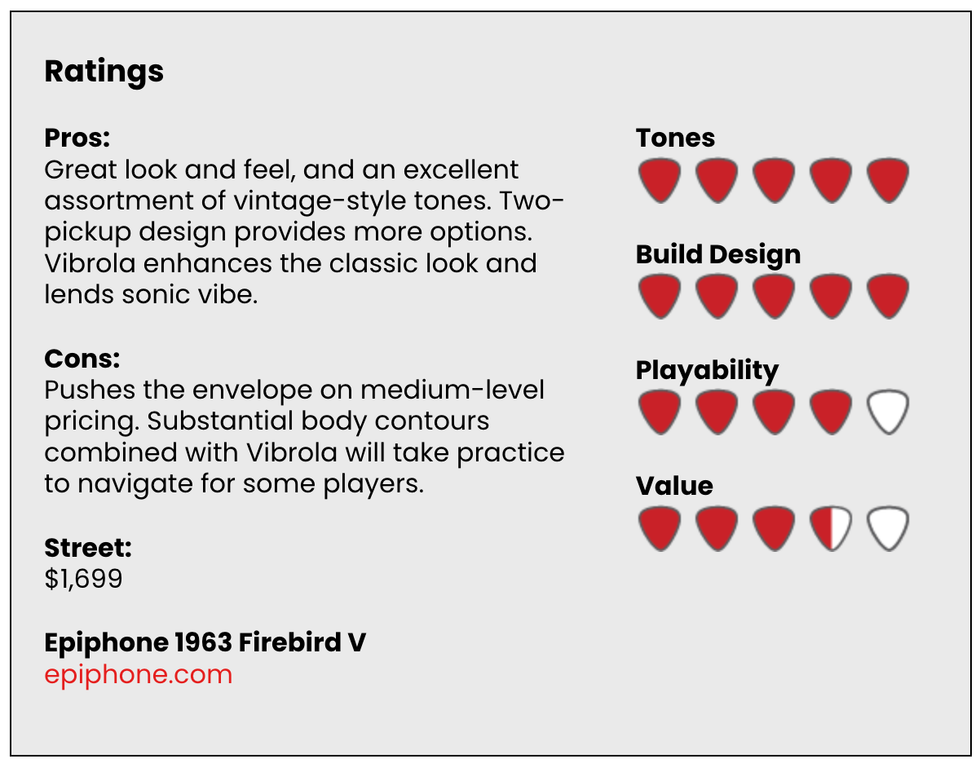
Trial by Firebird
I was sure I would prefer the Firebird V playing experience, because I am typically a neck-pickup player, but both guitars revealed sonic charms through Carr Vincent and Telstar amps running in stereo, my vintage Marshall Super Lead, and a Positive Grid Spark.
Low-action setups on both accommodate everything from campfire chords to screaming single-note playing past the 12th fret, with the perfectly smooth fret ends and comfortable neck making it all a pleasure. The neck broadens to 2 1/4" at the body, from 1 3/4" at the nut, making it easy to hit high notes accurately. But what really excited me, besides how artful these guitars look, is the power and sound of the pickups.
I was surprised by how sweet and heavy Gibson’s Firebird Mini Humbuckers sound. There is nothing mini about their tone, whether slashing and growling through the Marshall or pouring thick honey out of the Carrs. And through the Spark, a highly pleasing snarl and juicy warmth were all on tap. Despite my predilection for neck pickups, I became really excited by the Firebird I. The simplicity and elegance of its look, streamlined controls, clean surface, and light weight made the I a joy to play, especially with the treble rolled to near-zero. There, early Clapton-esque tone was a cinch to find, and for blues and pseudo-jazz-licks (the best I can muster in that genre), the warmth and clarity were delightful. Despite its basic construction, the Epiphone Firebird I is assuredly more than a rock machine.
Sure, having the addition of a neck pickup on the Firebird V provides a wider selection of tones, but the voices achievable on the I were no less winning and, honestly, I could not find any pickup-and-dial configuration on the V that sounded all that different or better than those available on the I. But, ah, a Vibrola is a very nice appointment—not just for its grand appearance, which is like some antiquarian treasure, but for the subtle bends its enables. If atmospheric guitar tones from the Ventures to Hermanos Gutiérrez are your passion, you’d want the Vibrola, which stays remarkably in tune, given its relatively primitive design.
The Verdict
Make no mistake: With their uncommonly proportioned offset bodies and reverse headstocks, guitars like the Epiphone Firebird I and V require time to get acquainted. But if you’re unafraid to stand out from the crowd, these instruments will serve you visually and sonically. Both play well and offer a good scope of vintage tones—from aggressive to dark maple sugar—with simple dial adjustments. And while many other Epiphone models sell for less, these well-crafted copies of original Gibson designs provide custom-shop or boutique-builder quality at a much lower price. PG







